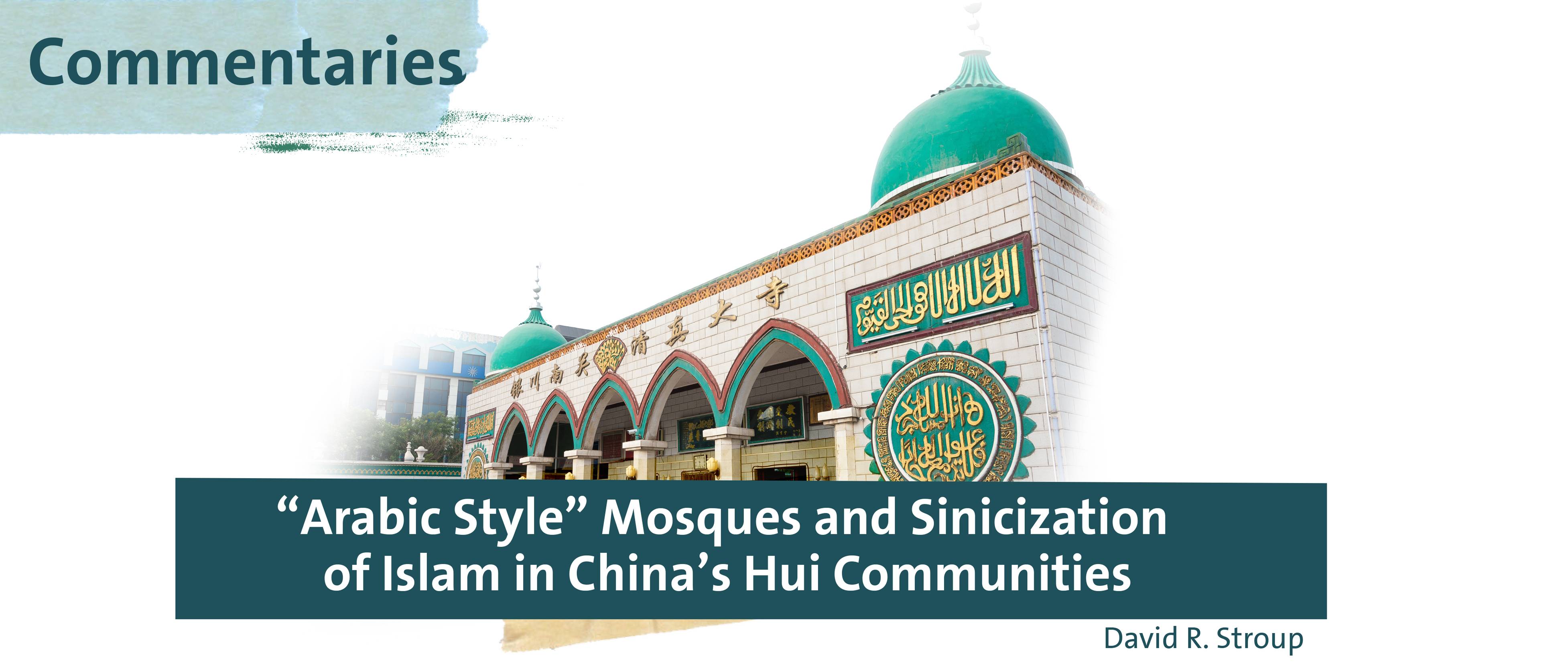“Arabic Style” Mosques and Sinicization of Islam in China’s Hui Communities
Since 2018, a campaign to “Sinicize” so-called “Arabic Style” mosques has been carried out in ethnic Hui minority communities in China. These mosques, built in the wake of China’s Cultural Revolution (1966-1976) feature overtly Islamic architectural features: onion domes, tall minarets, spires topped by crescent moons. Building mosques in this style gained popularity over the last 40 years, and many Hui felt the buildings symbolized the re-emergence of Islam after years of suppression. Further, for numerous Hui communities, building in the “Arab Style” allowed congregants to feel a renewed connection to their Islamic heritage. In Sinicizing these mosques, which have become symbols of Hui identity, the Chinese party-state attempts to impose limitations on the expression of Hui ethnic and religious identity and assert control in ethnic politics.




